The bearded dragon lizard is one of the popular pets. They are famous due to their social, curious, and docile nature. If you are going to keep a breaded dragon, you need to know many things, i.e., bearded dragon life stages, types, food, and feeding schedules. All of these things, with some interesting facts, are in the following.
Content Table
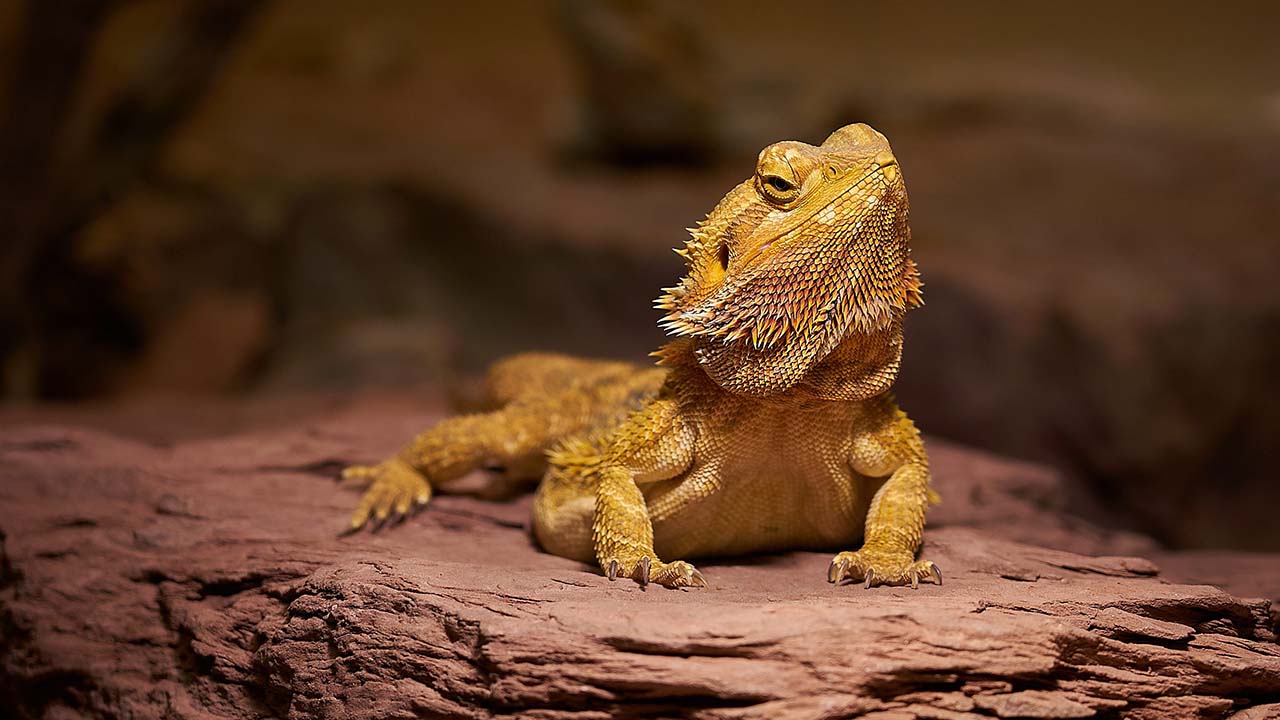
Is a Bearded Dragon a Lizard?
Yes, a bearded dragon is a lizard. It has a scaled body that varies in size, i.e., small, medium, and large. These scales puff when they feel danger or try to attract a female partner. Like other lizards, they have a large tail that helps them to keep balance while climbing on the walls, like other lizards. Its popularity has skyrocketed in the USA since its introduction in 1990. The comprehensive profile of the bearded dragon lizard is in the following.
Family
The bearded dragon belongs to the Agamidae family. This family holds about 550 other iguanian lizard species. Many dragons, i.e., frilled dragons, water dragons, etc., belong to this family.
Its scientific name is Pogona vitticeps, a Pogona genus. As mentioned, they belong to the Pogona genus, and all species are known as bearded dragons.
Types
Genus Pogona has 8 different species.
| Central Bearded Dragon | Coastal or Eastern Bearded Dragon | Rankins or Lawsons Bearded Dragon | Small Scaled or Drysdale River Bearded Dragon |
| Dwarf Bearded Dragon | Western Bearded Dragon | Mitchells Bearded Dragon | Nullarbor Bearded Dragon |
All of these types vary in size, shape, and color. IUCN declared six of them as stable species.
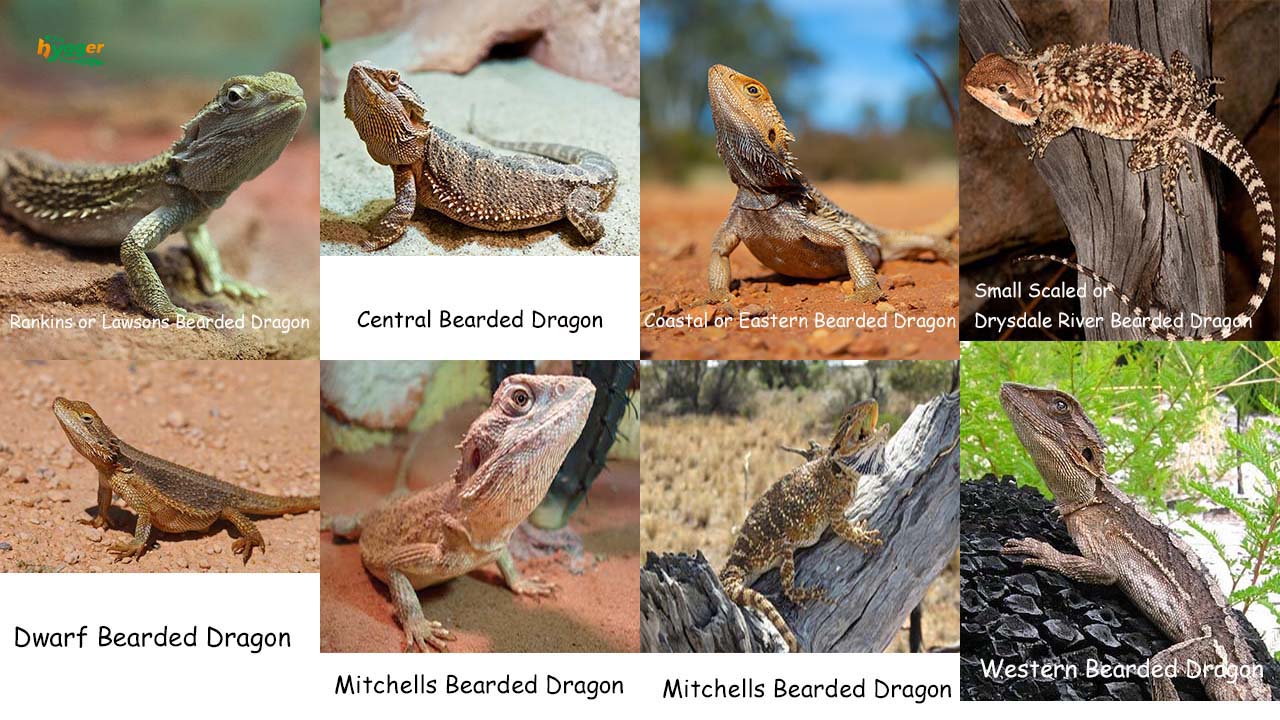
Distribution
They are commonly present in Australian Coastal dunes, deserts, heathlands, tropical savannahs, and woodlands. Here are the regions where you can find these different bearded dragons.
| Western and Central Australia | Queensland | Specific coastal or riverine regions |
| Central Australia | Coastal areas | North-Western Australia |
Characteristics
Here are a few characteristics of the bearded dragon.
- They have a distinguish throat pouch, i.e., a beard. They puff them out in case of danger or excitement.
- They vary in size from 4″ to 24″.
- They are in grey, light brown, brown, orange, and black colors. They vary in color for many reasons, i.e., care level, species, diet, habitat, and temperature. You can also observe the color variation in case of stress and aggression.
- They love to explore their environment and love to remain under the sun.
Temperament
Bearded dragon lizards have curious and docile behavior. They can recognize their owner, look in their eyes, and ask for food. They show curiosity by the head hob and arm waving. Furthermore, they explore their surroundings as they love to dig the land. Their docile temperament makes them a favorite pet.
However, they have a territorial nature. Although it’s rare, you can observe their aggression for food, mate selection, and males.
How Long Do Beard Dragons Live?
In the wild, they have only a 10 to 15-year lifespan. However, they can live for 20 years in captivity. During their lifetime, they have the following life stages.
| 1. New Born / Hatchinling | 2. Childhood | 3. Juveniles |
| 4. Sexual Maturity | 5. Adult Maturity | 6. Old Age |
Will the Bearded Dragon Survive the Night With No Lights
Yes, they can survive the night without light. They can also live without light for a day or two. However, they love to stay under the sun. Here are some of the equipment you need to keep in captivity.
| Ventilated screen lid | Food dish | Hide-out |
| Tank/ Substrate | Heat lamp | UVB light |
| Water dish | Branches | Thermometer |
How to Know How Old the Bearded Dragon Is
You can learn about the age of your bearded dragon with multiple aspects.
| Size | Weight |
| 3 inches = less than 1 month | Up to 6 grams = less than 1 month |
| 3 to 9 inch = 1–3 months | 6 to 20 grams = 1–3 months |
| 9 to 16 inches = 3–12 month | 20 to 400 grams = 3–12 months |
| 16 to 19 inches (female) = more than 12 months | 400 to 550 grams = greater than 12 months |
| 19 to 24 inches (male) = more than 12 months | Up to 6 grams = less than 1 month |
Behavioral changes
| Childhood | Adult | Old age |
| Small and less energetic | Maximum in size and highly energetic | Maximum in size and less energetic |
Ask Seller
If you cannot know their age from the size, weight, and behavior, consult the seller. They will tell you the exact age of your bearded dragon.
Feeding the Bearded Dragon
Bearded dragon lizards eat various foods as they are omnivorous. They love to eat anything that can fit inside their mouth. Their food includes the following things.
| Insects | Fruits | Vegetable |
Their eating habit depends on their life stage as well. Juveniles consume 80% of insects and 20% of others, i.e other fruit and vegetables. While the adults have reverse eating habits, i.e., 80% plant base and 20% insects.
Feeding Schedule
Young and adults have different feeding frequencies.
| Young Bearded Dragon Lizards | Adult Bearded Dragon Lizards |
| Feed 2 to 5 times daily for less than 12 months babies. They are growing to adulthood and require high energy. | Only need food 1 time a day |
Food Quantity
Supply food quantity in the box that bearded dragon lizards consume within 10 to 15 minutes.
Cautions
Here are some cautions that you have to adopt.
- Don’t supply the stris fruits. They cause diseases.
- Don’t overfeed them because they can cause obesity in reptiles worldwide.
- Mix the multivitamins with the food.
- Feed 2 times insects to less than 4 months babies.
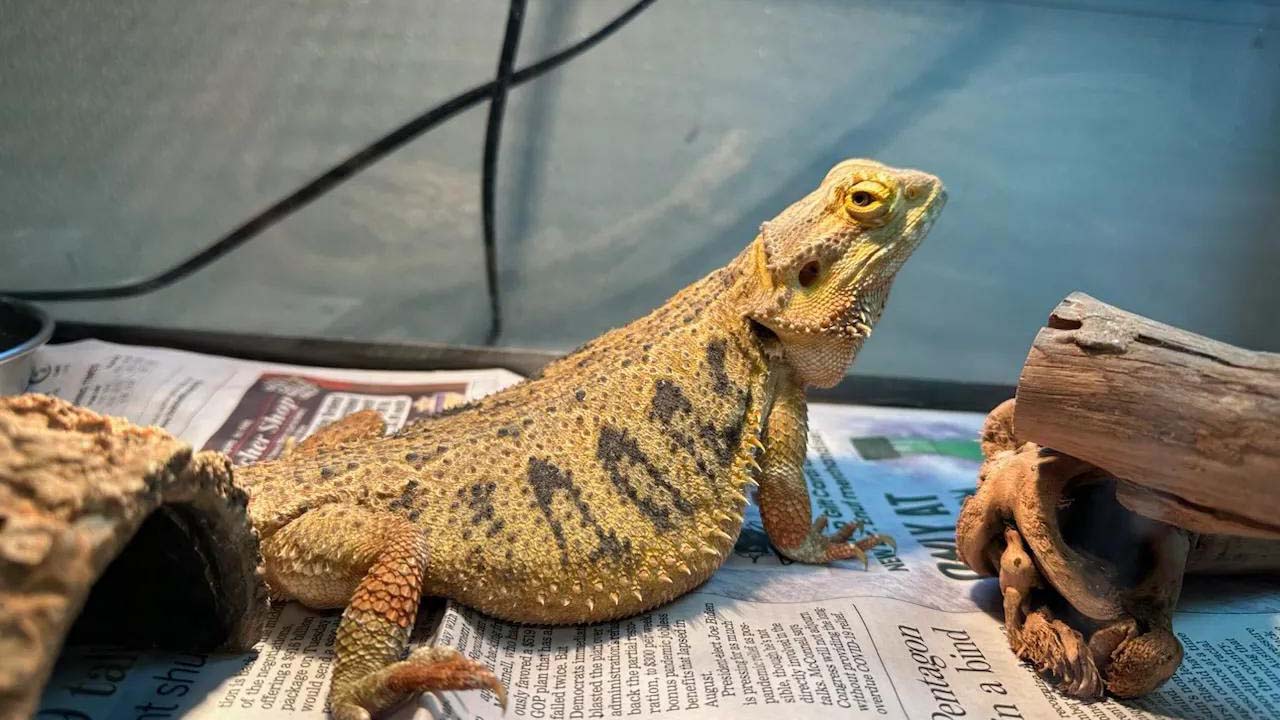
Bearded Dragon Facts
Here are some interesting facts about bearded dragons.
- They change their color when they sense danger, during stress, and during mating season to impress some specific.
- Bearded dragons large their size by puffing their beard and opening their mouth.
- If they break their teeth, i.e., while preying, they can regain them.
- They can run on their hind legs to escape from predators and cross to hot surfaces.
- They prefer solitary. Sometimes, they feel stress from their female partner. In such situations, they become territorial.
- Bearded dragons can collect water on their heads.
- You can understand their mind condition from their chin.
- They have been on the earth since the time of diasporas.
- They hibernate during winter.
- Bearded dragons can swim.
- They can hold their breath for 2 minutes.
- They have excellent vision and hearing, and can even look back by using the parietal eye.
Conclusion
Bearded dragons are excellent and docile pets. This Australian native has eight species that vary in size, shape, and color. You can enjoy with them in captivity for up to 20 years. However, they live only for 10 to 15 years in the wild. Bearded dragon lizards are color-changing omnivores that have 6 major life stages. You can observe with size, weight, behavior, and asking the seller.
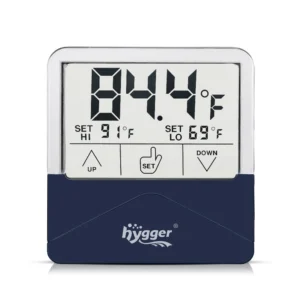
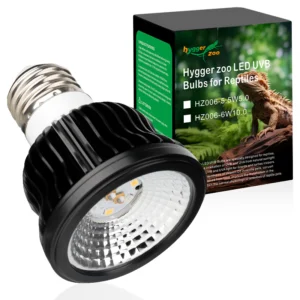
Leave a comment